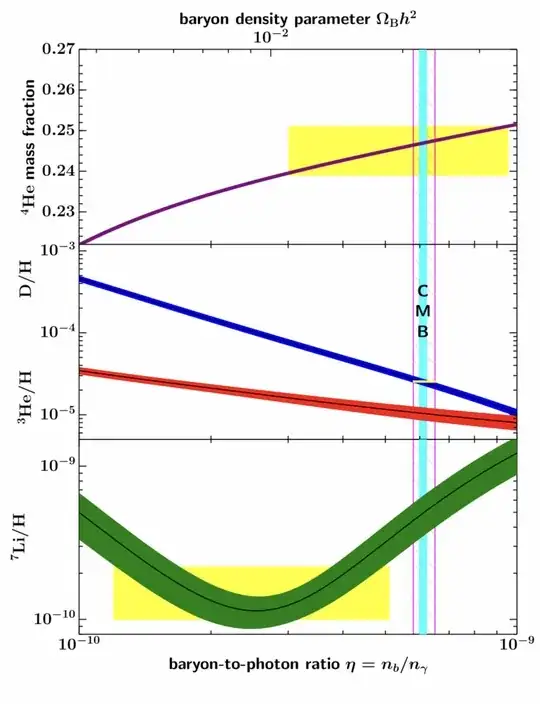The recent observation of a tetra-neutron resonance suggests that clusters of 6 or 8 neutrons stand a strong chance of being bound and stable. The shell configuration of a tetra-neutron should be approximately that of the neutrons in beryllium-8 (itself an unstable resonance). Two of the neutrons should occupy the $s_{1/2}$ orbital leaving the remaining two neutrons in the incompletely occupied $p_{3/2}$ orbital. Adding two more neutrons would complete the $p_{3/2}$ shell yielding the neutron configuration of carbon-12 and adding a further two neutrons would complete the $p_{1/2}$ shell yielding the neutron configuration of oxygen-16 (a doubly magic nucleus). The enhances stability of magic nuclei (those having completely filled shells) is well known in nuclear physics.
The experiment used to create the tetra-neutron employed the exotic isotope helium-8 which upon bombardment with a proton yielded helium-4 and the tetra-neutron resonance. It is probably unlikely that any similar experiment could be used to create and observe the 6 or 8 neutron cluster states, but my question is whether nature may already have created these states in abundance and could they be the dark matter that has puzzled astrophysicists for such a long time?
Aside from atomic nuclei the only other environment where neutrons exist in such close proximity involve stellar collapse leading to neutron stars and/or black holes. Might these small clusters of neutrons be copiously shed during stellar collapse with sufficient energy to escape the gravitational pull of the collapsing core to form the galactic gas we know as dark matter?
